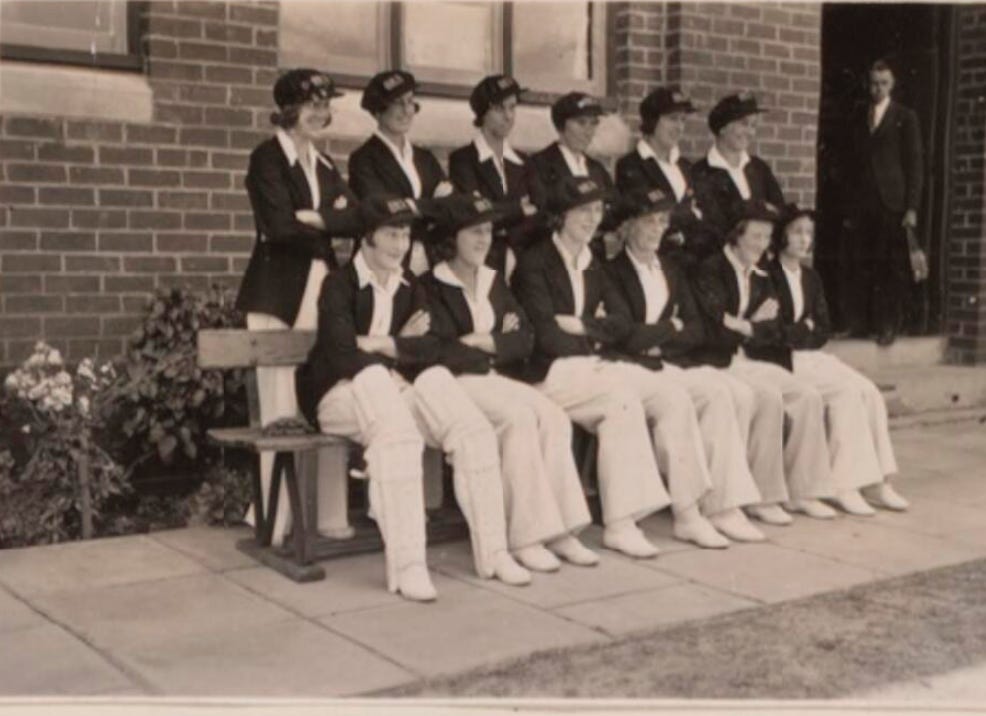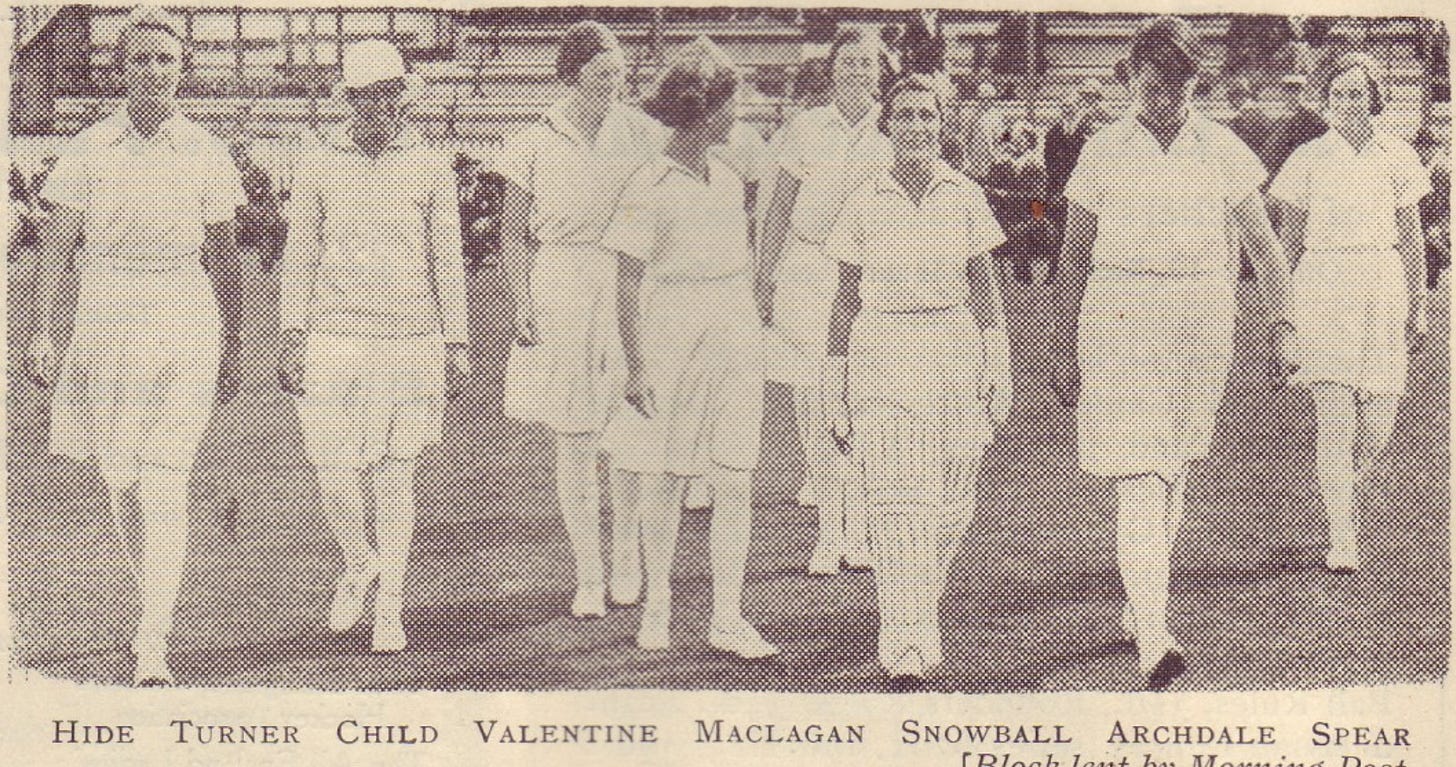We are always on the lookout for engaging and insightful articles to feature in our quarterly journal The Cricket Statistician. If you have an article you’d like to submit—you need not necessarily be a member—please send it as a Word document to editor@acscricket.com. The deadline for Journal 209 is fast approaching, but don’t let that deter you!
What follows is the latest installment in our series on the inaugural women’s Ashes of 1934/35. The previous installment is here.
Women played cricket in the Kalgoorlie Goldfields at the turn of the century, with matches held at the Kalgoorlie Recreation Ground against visiting theatrical companies. Several clubs formed in subsequent years. But then cricket fell into decline, before gradually regaining popularity after the war. This resurgence led to the formation of the Western Australian Women’s Cricket Association (WCWCA) in 1931. Although initially it played second fiddle to men’s cricket, the organisation has continued to grow, as has the standard of play. In its fifth season, there are over 200 members and nine affiliated teams.
Western Australia hasn’t participated in interstate cricket, but is now ready. The WCWCA joined the Australian Women’s Cricket Council this year. This Saturday marks a watershead in its history, as Western Australia entertains England in the first-ever international at the WACA.
In early October, fifteen players were selected following a trial match. They have been practicing at the WACA under the guidance of J.S.V. Murdoch and WCWCA President W.A. Evans. Evans thinks the bowling is very strong, while WCWCA secretary and player Marie Jegust says, “The bowlers have learned that a ball turns far more on turf than on concrete.” After some deliberation, the following twelve have been selected, led by Jean Cameron:
Leila Edwards (21) will open with her sister Irene (17). Eileen Monaghan (21), the wicket-keeper batter, and Laura Capes (21), a solid, consistent batter and medium-paced bowler, will consolidate the innings.
Cameron (23), a hard-hitting batter, was among the leading scorers in grade cricket last season, scoring two centuries. A talented all-around athlete, she was recently selected to tour the UK with the Australasian hockey team early next year.
If the team is to compete, the allrounders will also need to perform. Ollie Davis (23) and Phyllis Mckenna (23) are good medium-paced bowlers capable of swerving the ball. Jean Shearer (20), who will open the bowling with McDonald, is a forceful batter.
Vice-captain Avia Barlow (25) and Marie Jegust (23) are slow bowlers who can flight the ball nicely. Fast bowler Jessie McDonald(19) will be propping up the tail.
16-year-old G. Sutherland will gain valuable experience as the reserve player.
Slacks and shirts
Cricket is full of tradition and contradictions, and the growth of women’s cricket is no exception. Following some discussion, the Women’s Cricket Association (responsible for the running of women’s cricket in England) has introduced a new uniform consisting of a white dress with a divided skirt, a blouse with elbow-length sleeves, and stockings. However, trousers were deemed unacceptable during their match at Northampton in August. Their Australian counterparts have similar policies, although trousers have been worn in domestic competitions in both countries. This is understandable, as cricket is an expensive sport, and women players often borrow equipment from their brothers.
The WAWCA has been granted permission, with reservations, from the Australian Council to wear cream slacks this weekend. England will wear divided skirts.
If you would like to contribute to this newsletter, please either respond to the email in which you received it, or leave a comment below.





